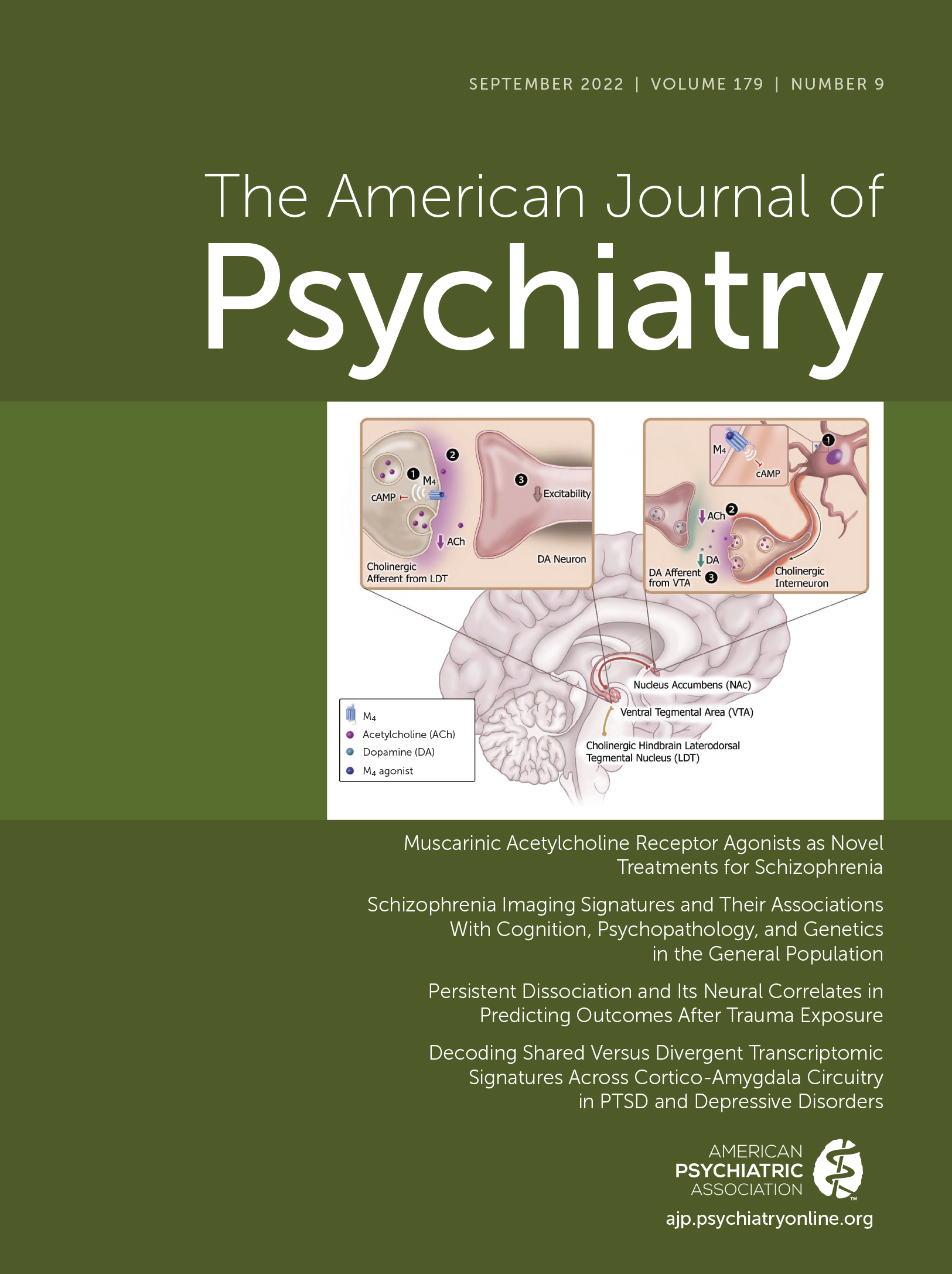Muscarinic Acetylcholine Receptor Agonists as Novel Treatments for Schizophrenia
Abstract
Schizophrenia remains a challenging disease to treat effectively with current antipsychotic medications due to their limited efficacy across the entire spectrum of core symptoms as well as their often burdensome side-effect profiles and poor tolerability. An unmet need remains for novel, mechanistically unique, and better tolerated therapeutic agents for treating schizophrenia, especially those that treat not only positive symptoms but also the negative and cognitive symptoms of the disease. Almost 25 years ago, the muscarinic acetylcholine receptor (mAChR) agonist xanomeline was reported to reduce psychotic symptoms and improve cognition in patients with Alzheimer’s disease. The antipsychotic and procognitive properties of xanomeline were subsequently confirmed in a small study of acutely psychotic patients with chronic schizophrenia. These unexpected clinical findings have prompted considerable efforts across academia and industry to target mAChRs as a new approach to potentially treat schizophrenia and other psychotic disorders. The authors discuss recent advances in mAChR biology and pharmacology and the current understanding of the relative roles of the various mAChR subtypes, their downstream cellular effectors, and key neural circuits mediating the reduction in the core symptoms of schizophrenia in patients treated with xanomeline. They also provide an update on the status of novel mAChR agonists currently in development for potential treatment of schizophrenia and other neuropsychiatric disorders.



